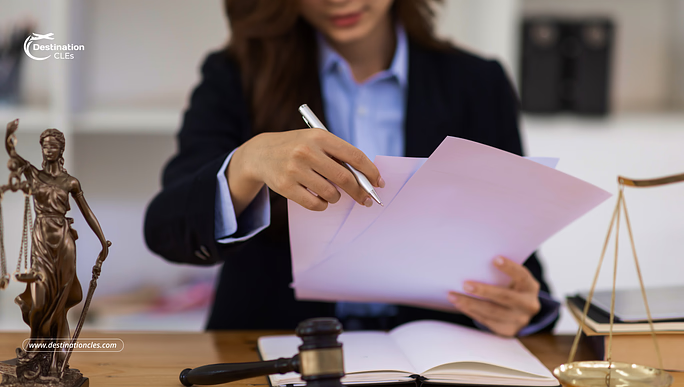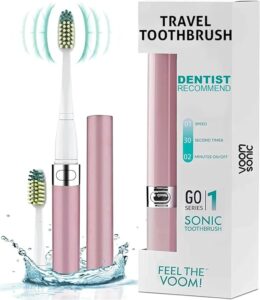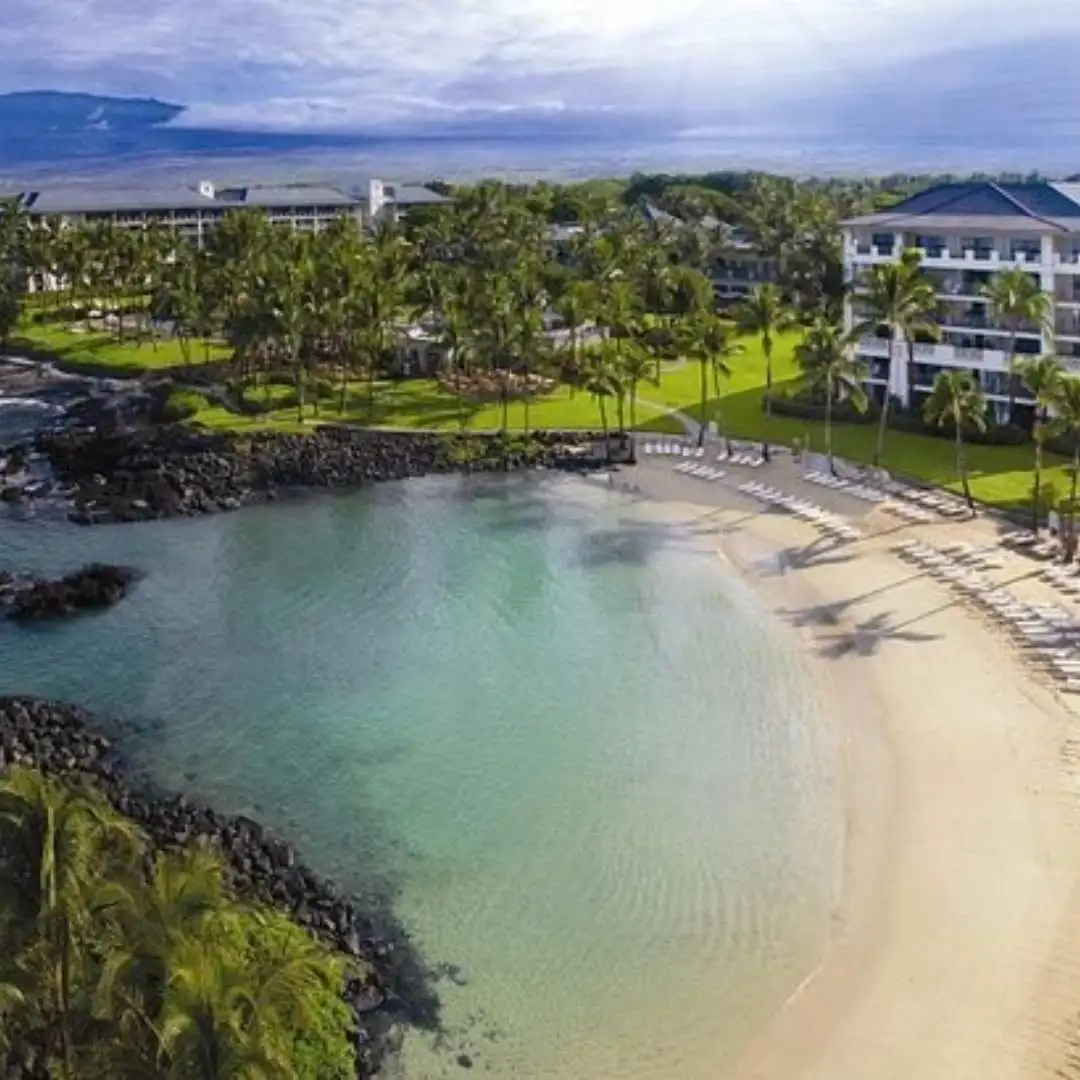When it comes to lawyer outfits, making the right impression with your clothing is crucial for success in the legal profession. This is because your attire speaks volumes about your professionalism and can significantly impact how clients, colleagues, and judges perceive you. In this blog post, we’ll explore various aspects of dressing appropriately for different occasions within a legal setting so you can choose the best attire for your work.
First, we’ll discuss what to wear to court, from professional attire and choosing the right wardrobe colors and patterns to selecting suitable accessories that enhance your overall appearance. Next, we’ll talk about appropriate business casual attire for client meetings, proper footwear, and even grooming tips for great first impressions.
Finally, we’ll address what to wear at networking events so you can feel confident dressing for the occasion while making a good impression on the people you’re networking with. We’ll also cover common mistakes when choosing lawyer outfits that should be avoided at all costs. By following these guidelines, you’ll ensure that your wardrobe choices convey confidence and professionalism in any legal environment.
Traditional Lawyer Outfits
Traditionally, lawyers have worn tailored suits to maintain a professional appearance. The importance of projecting a polished and competent image cannot be overstated, as it plays a significant role in establishing trust with clients and respect among peers within the legal profession. In this section, we’ll discuss the guidelines for male and female attorney attire that helps create an appropriate professional image.
Importance of Professional Fashion for Attorneys
Well-dressed individuals not only exude confidence but also demonstrate attention to detail, which are essential qualities for successful lawyers. In short, a proper dress code helps lawyers establish credibility, build rapport with clients, and navigate various courtroom settings effectively.
It’s crucial to understand that your courtroom attire does not necessarily mean wearing expensive clothes or boring company outfits. Rather, it’s about selecting the appropriate attire that conveys competence while adhering to established norms within the legal industry.
Guidelines for Male Lawyer Attire
- Suits: Men should wear suits in conservative colors such as navy blue or subtle gray.
- Dress shirts: A light-colored or white shirt is preferred; avoid overly bold patterns or bright colors when it comes to dress shirts.
- Ties: Neutral collared ties work best – steer clear from flashy designs or materials.
- Socks: Over-the-calf socks matching suit coloration are recommended.
- Haircuts & grooming: Maintain short hairstyles that project professionalism along with neatly trimmed facial hair if applicable.
Guidelines for Female Lawyer Attire
- Suits: Women lawyers should opt for suits similar in style to those worn by men, with skirts or pants as options.
- Tops: Choose appropriate blouses that are not tight-fitting or low-cut; white blouses are always refreshing. Avoid overly bright colors or bold patterns.
- Shoes: Select closed-toe shoes with a modest heel height – flats may also be acceptable depending on the office environment.
In addition to these guidelines, both male and female lawyers should pay attention to their hairstyles. Shorter styles that are neat and conservative help project an image of professionalism. Furthermore, it’s essential to ensure that all clothing items fit well and are properly tailored. This will enhance overall appearance while providing comfort throughout long workdays.
Again, lawyers should always strive to present themselves in a professional and polished manner, as the way they dress can have an impact on their credibility. Picking the correct fabrics and accessories for your lawyer outfits is a great way to guarantee that your look is finished.
Related: 15 Easy Self Care Tips for Lawyers
Choosing the Right Suit Materials and Accessories
When it comes to selecting materials for suits, solid colors paired with plain weaves work best. One versatile option is worsted wool, which can be worn comfortably year-round due to its adaptability across different textures. As a lawyer, you’ll want to maintain a professional image by choosing appropriate neckwear as well.
Selecting Suit Material
- Worsted Wool: A popular choice among professionals, worsted wool offers durability and versatility in various climates.
- Navy Blue: This classic color exudes professionalism while being less severe than a black suit; navy blue suits are perfect for law firms that require a more conservative dress code.
- Cashmere Blend: For added luxury and comfort during colder months, consider investing in a cashmere blend suit. Just make sure it’s not too flashy.
Appropriate Neckwear Choices
Ties are generally recommended over bowties when dressing professionally as an attorney. To avoid drawing unnecessary attention or appearing unprofessional, steer clear of bold colors or patterns on your ties.
Instead, opt for neutral tones that compliment your suit without overpowering it. Additionally, textured materials should be avoided altogether as they may appear too casual for the legal profession.
Coordinating Accessories
To complete an attorney’s outfit with finesse and polish, pay close attention to coordinating accessories such as socks and tie knots with shoe coloration (typically dark).
Here are some tips for accessorizing as a lawyer:
- Select proper over-the-calf socks that match your suit color and are not too thin or thick.
- Choose a tie knot that compliments your shirt collar style, such as the classic Windsor or Half-Windsor knots.
- In colder months, invest in winter-appropriate outerwear like overcoats to maintain a professional appearance even when temperatures drop.
By carefully selecting materials for suits and coordinating accessories, you’ll be able to project an image of professionalism while adhering to the dress code expectations of law firms. Remember: it’s essential for lawyers to wear suits that reflect their dedication to their profession and clients’ needs.
Of course, choosing the right suit materials and accessories is an important part of looking professional as a lawyer. However, to complete your look, it’s also essential to consider footwear options that are appropriate for legal professionals.
Footwear Considerations for Lawyers
Investing in the right footwear is crucial for lawyers to maintain a polished and professional appearance, no matter where their career takes them. The shoes you choose should not only be comfortable, but also complement your overall outfit.
In this section, we’ll discuss some recommended types of shoes and how to avoid inappropriate footwear options.
Recommended Types of Shoes
Goodyear welted shoes are an excellent investment for attorneys, as they offer durability, comfort, and style. Black cap toe oxfords are a classic choice that pairs well with most suit colors, especially navy blue or charcoal gray suits commonly worn by law professionals.
Furthermore, these timeless shoe styles project sophistication while remaining versatile enough to wear at various work-related events:
- Oxford Shoes: A staple in any lawyer’s wardrobe; black cap toe oxfords are ideal for formal settings such as court appearances or client meetings.
- Dress Loafers: Suitable for more casual office environments or business casual dress codes; opt for high-quality leather loafers in dark shades like brown or black.
- Brogues: While full brogues may be too flashy, semi-brogue designs can add subtle detailing without compromising professionalism – perfect when paired with business casual attire during less formal occasions.
Avoiding Inappropriate Footwear Options
To uphold a professional image within the legal industry, it’s essential to steer clear from certain footwear choices that may appear unprofessional or overly casual.
Here are some examples of what not to wear when practicing law:
- Full Brogues: As mentioned earlier, full brogues with excessive detailing can be distracting and may not convey the desired level of professionalism.
- Bright Colors or Patterns: Shoes in bold colors or patterns should be avoided, as they can draw attention away from your overall attire. Instead, stick to neutral shades like black, brown, or navy blue instead.
- Sneakers: Even if your law firm has adopted a more relaxed dress code post-pandemic, sneakers are generally considered too casual for most legal settings and should be reserved for off-duty hours.
In addition to selecting appropriate footwear styles, maintaining regular haircuts and well-groomed facial hair is crucial for upholding a polished appearance. By following these guidelines on shoe selection and grooming habits, lawyers can ensure they project an image of understated professionalism that aligns with their career goals.
When selecting footwear for professional legal engagements, it’s also important to consider the environment and dress code expectations of clients. With this in mind, understanding the evolution of lawyer dress codes and client expectations can help lawyers create an appropriate look that reflects their professionalism while also adhering to changing societal norms.
Related: How to Network in the Legal Industry – Law Firm Networking
The Evolution of Lawyer Dress Codes & Client Expectations
Interestingly, lawyer attire has been trending towards more casual attire, even before the COVID-19 pandemic. Of course, post-pandemic, many employers decided to relax their dress codes, further permitting jeans and casual clothing options in the workplace.
The alteration in the direction towards a more relaxed approach to clothing can be attributed to multiple causes, including altering social standards and an augmented emphasis on individual branding.
Here are a few reasons you might see more casual clothing in the legal field today:
The Shift Towards Casual Lawyer Outfits
- Changing Societal Norms: As society becomes increasingly informal, law firms have begun to adapt their dress code policies accordingly. In recent days, many firms now allow for business casual attire or even jeans on designated days.
- Personal Branding: Lawyers are also recognizing the importance of cultivating their own unique professional image as part of their overall marketing strategy. A less formal wardrobe may help them stand out from competitors who still adhere strictly to traditional suit-and-tie expectations.
- Tech Industry Influence: The rise of technology companies with relaxed office environments has had a significant impact on other industries, including law. In fact, firms looking to attract top talent from this sector may adopt similar dress codes in order to appeal to potential recruits.
Adapting To Changing Professional Branding And Client Expectations
A key factor driving changes in lawyer outfits is client expectations. While trials necessitate formal attire adherence, office meetings offer greater flexibility in wardrobe choices. Clients today often prefer working with attorneys who project an approachable demeanor rather than one that feels stuffy or overly traditional. Some may even view a rigid adherence to outdated dress codes as an indication that the lawyer is disconnected from current business practices.
However, it’s important to remember that striking the right balance between casual and professional attire can be challenging. Lawyers should consider their specific practice area, firm culture, and client base when determining what constitutes appropriate dress for any given situation. For example, attorneys working in corporate law may need to maintain a more conservative appearance than those practicing in creative industries such as entertainment or fashion law.
Ultimately, lawyers must adapt their wardrobe choices to align with both their personal brand and evolving client expectations while still maintaining an air of professionalism. In fact, research suggests that dressing well can positively impact an attorney’s career success. This is why finding the perfect blend of style and substance remains essential, even as dress codes continue to change.
As the legal profession continues to evolve, lawyer dress codes and client expectations must also adapt in order to remain relevant. As such, attending a legal education event with Destination CLEs might require special consideration when it comes to creating an appropriate balance between relaxation and professionalism, due to the nature of these events.
Destination CLEs and Dress Code Considerations
As lawyers take advantage of Destination CLEs to earn their Continuing Legal Education (CLE) credits while on vacation, they should be mindful of maintaining a professional appearance that aligns with both their firm’s standards and client expectations.
While more relaxed environments may allow for business casual attire, it remains essential for attorneys to project an image of understated professionalism, even when away from the traditional office setting.
Balancing Relaxation with Professionalism During Destination CLE Events
The key to dressing appropriately at Destination CLE events is finding the right balance between comfort and professionalism.
Here are some tips for achieving this:
- Dress code awareness: Research the dress code requirements for your specific event beforehand. Some events may require more formal attire than others. Still, bring your comfy clothes—after all, you’re on an Eduvacation℠ experience that will likely include beach days, museum tours, food hubs, day hikes, and so much more.
- Versatile clothing items: Pack versatile pieces like navy blue blazers or tailored slacks that can easily transition from day-to-night wear or work well in various settings.
- Casual yet polished footwear: Opt for comfortable shoes such as loafers or ballet flats that still maintain a professional look without sacrificing comfort, especially if high heels are not really your thing.
- Grooming essentials: Don’t forget grooming products like travel-sized hair styling tools or shaving kits to keep up a professional appearance throughout your trip.
Meeting Professional Expectations Regardless of Location
No matter where you’re attending a Destination CLE event, it’s crucial always to consider how clients and other attorneys will perceive you. Even if you’re enjoying yourself in an exotic location, remember that you’re still representing your law firm while on a work vacation like this.
To ensure you maintain a professional appearance, consider the following:
- Adapt to local customs: Research the destination’s cultural norms and dress codes so as not to offend any potential clients or colleagues.
- Dress for success: When networking with other legal professionals during your trip, it’s best to err on the side of caution by dressing in business casual attire while not on excursions.
- Maintain professionalism online: Be mindful of how you present yourself on social media while attending Destination CLE events. Make sure your posts related to work are appropriate and avoid sharing anything too personal or controversial.
Incorporating these tips into your wardrobe planning will help ensure that you maintain a polished appearance throughout your Destination CLE experience while still enjoying all that these unique getaways have to offer.
Frequently Asked Questions About Lawyer Outfits
What should attorneys wear?
In general, attorneys should maintain a professional appearance by wearing suits in conservative colors like black, navy, or gray. A well-fitted suit paired with a crisp dress shirt and tie for men or blouse for women is essential. Accessories such as cufflinks, watches, and belts should be understated yet elegant.
What should I wear as a female lawyer?
Female lawyers can opt for a tailored high-quality pantsuit or skirt suits in dark shades along with a conservative blouse. Hosiery must be worn when choosing skirts. Additionally, closed-toe shoes with moderate heels are recommended. Jewelry and makeup should be minimalistic to maintain professionalism.
Why do lawyers wear suits?
Lawyers wear suits to project authority, competence, and trustworthiness to clients and colleagues alike. Suits are the safe choice to convey professionalism which helps establish credibility within the legal profession while also adhering to traditional dress codes expected of attorneys.
How to dress like a law student?
Aspiring law students can follow similar guidelines as practicing attorneys but may choose slightly more casual options such as blazers over button-down shirts or sweaters without ties. It’s important to prioritize comfort while maintaining an overall polished appearance that reflects dedication towards one’s future career.
Related: CLE Conferences – Including Destination Getaways for Lawyers!
Conclusion
No matter the occasion, lawyer outfits should always be professional and appropriate.
Additionally, Destination CLEs provides a fantastic opportunity for lawyers to earn their required CLE credits while on vacation in beautiful locations around the world. While on Eduvacation℠getaways, it’s important to make sure you still dress appropriately so that your wardrobe won’t detract from your hard work or prevent networking opportunities with other professionals.
With thoughtful consideration of what to wear, you can look sharp and feel confident when representing yourself as an attorney, no matter where your career takes you.
If you’re ready to invest in yourself professionally, click here to book one of our unique Destination CLEs today!
Related:
- 15 Easy Self Care Tips for Lawyers
- How to Network in the Legal Industry – Law Firm Networking
- CLE Conferences – Including Destination Getaways for Lawyers!
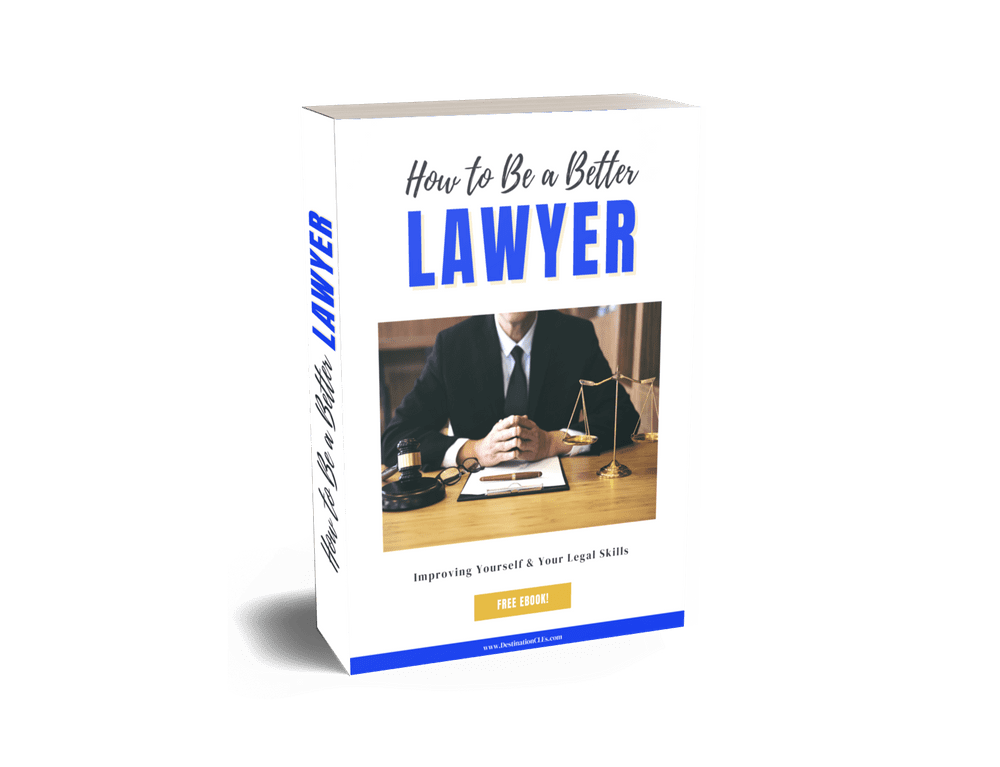
Voom Sonic Go 1 Series Travel Electric Toothbrush, Travel Toothbrush (Dentist Recommended) – Battery Operated Toothbrush for Adults & Kids, Sonic Toothbrush, Portable w/ 2 Minute Timer
DestinationCLEs.com is a participant in the Amazon Services LLC Associates Program, an affiliate advertising program designed to provide a means for sites to earn advertising fees by advertising and linking to Amazon dot com.
Recent Legal Tips & Travel Insights
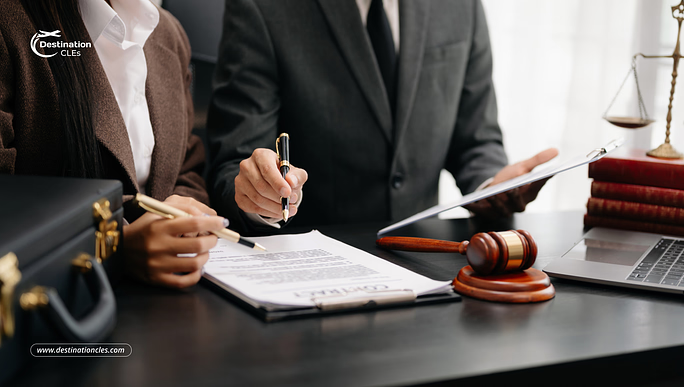
Financial Planning for Lawyers and Law Firms: Secure Your Legal Practice

Why Attorneys Are Choosing Destination CLEs for Their Continuing Legal Education?
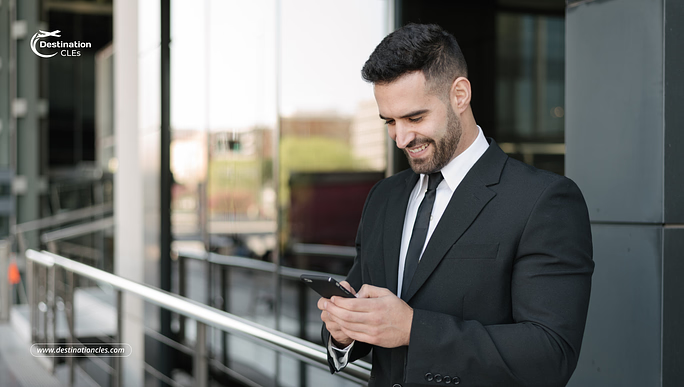
Social Media for Lawyers and Law Firms: 2025 Guide
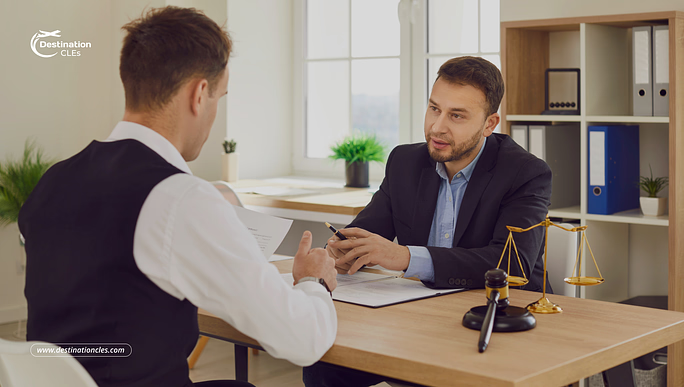
7 Essential Tips to Improve Client Relationships in Your Law Firm
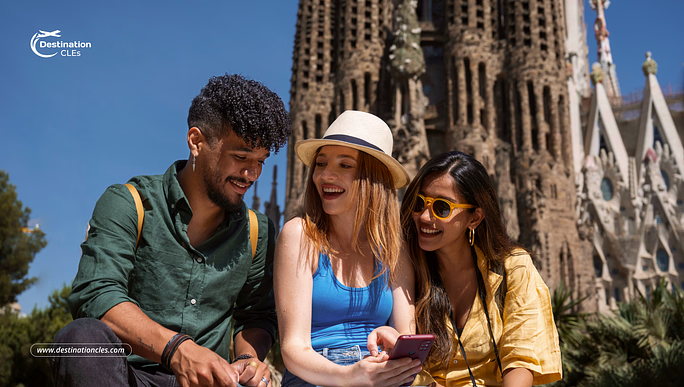
Best European Cities to Combine Work and Leisure While Attending a CLE
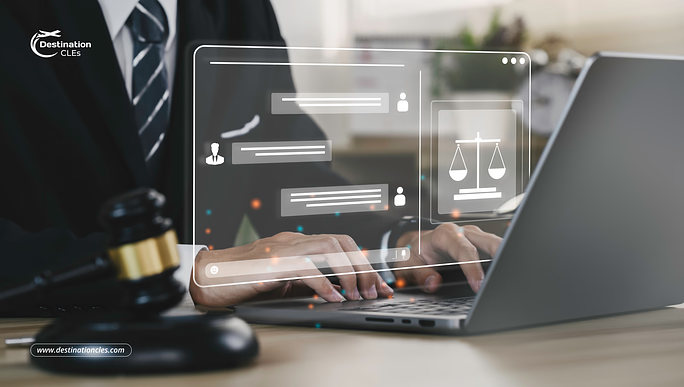
How to Overcome the Challenges of Managing a Virtual Law Firm?
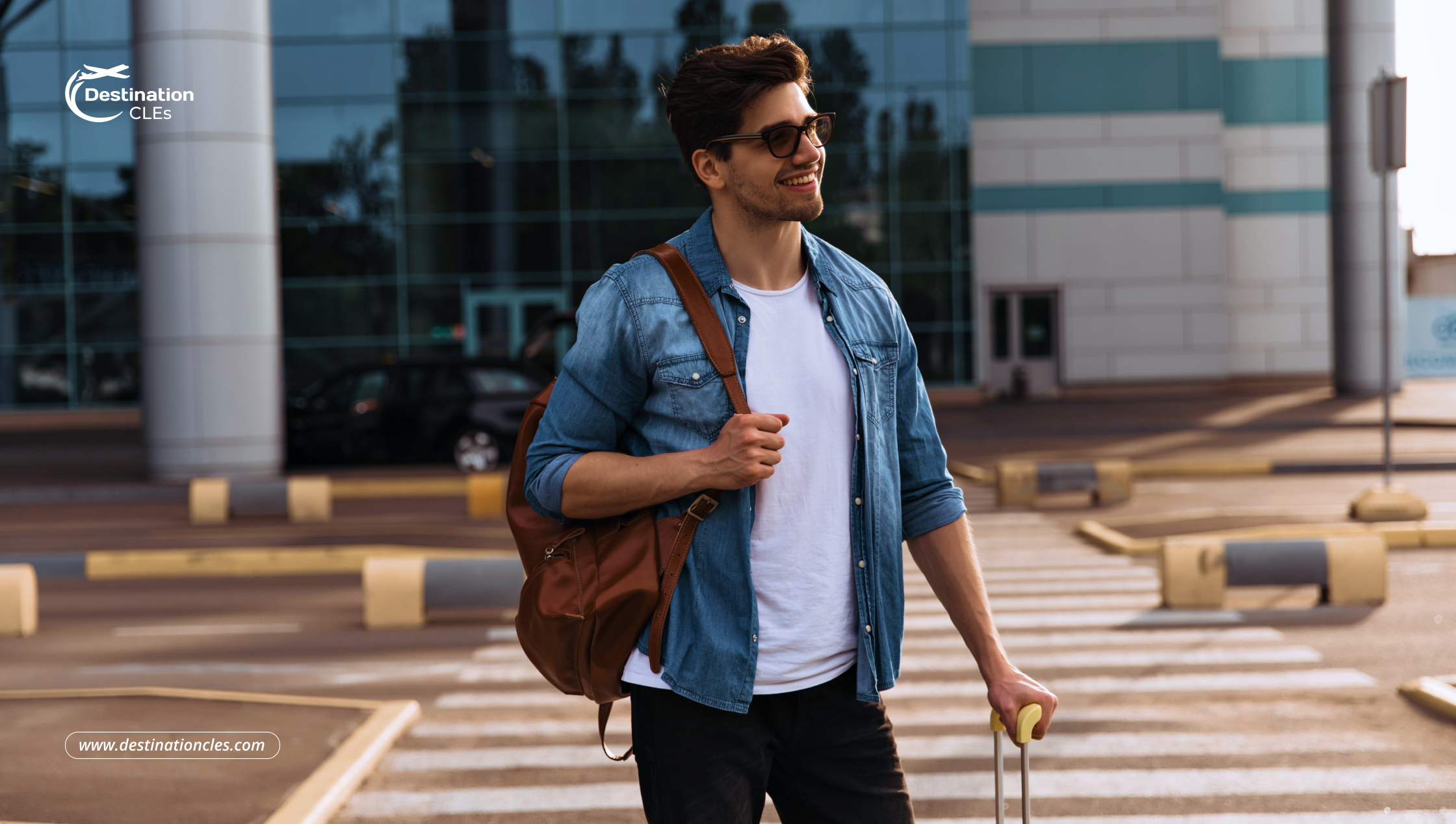
The Complete Guide to Solo Travel for Lawyers: Tips, Tricks, and Essentials
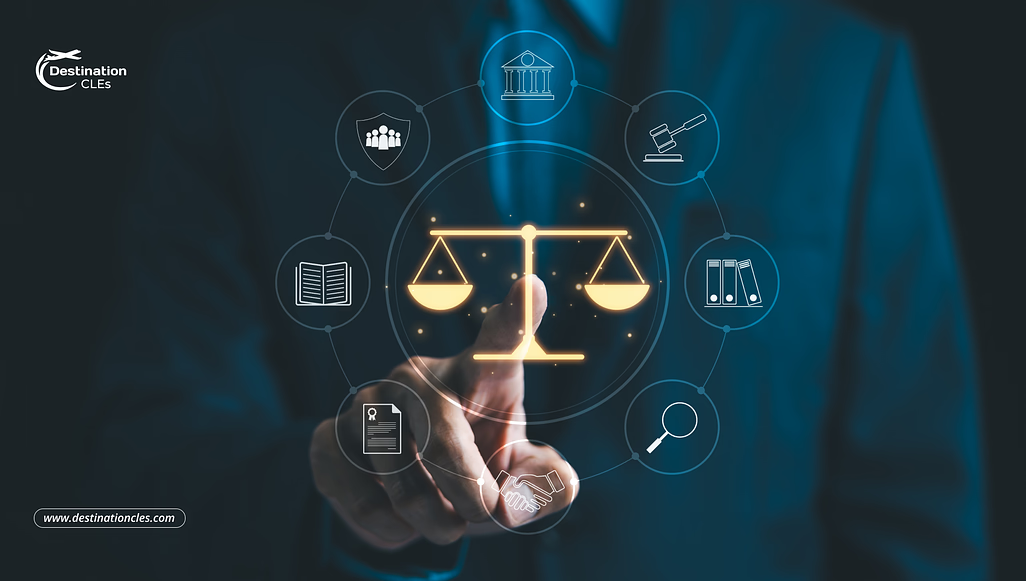
Cybersecurity for Law Firms: How to Protect Client Data
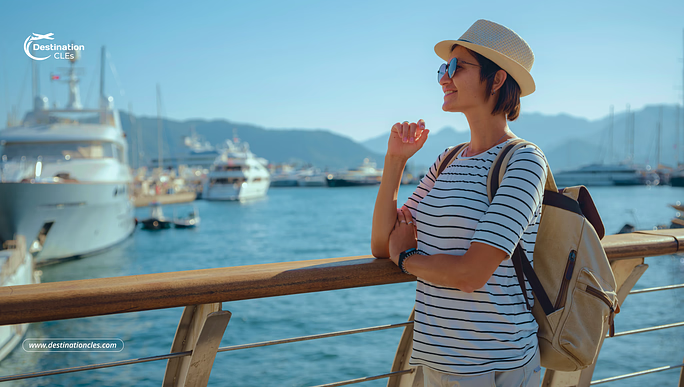
CLE on a Cruise: Why It’s the Best Way to Earn Credits While Traveling
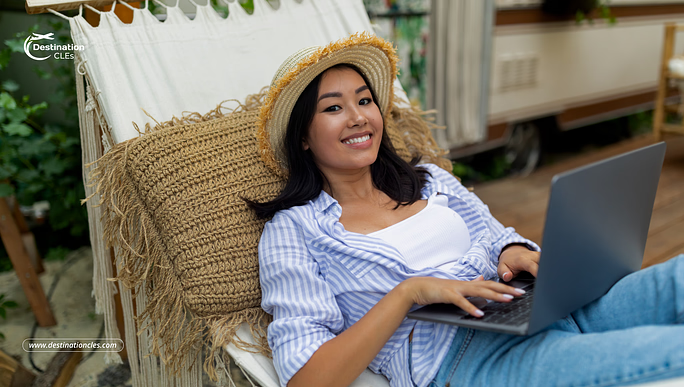
Weekend Getaways: How to Extend Your CLE Conference into a Vacation
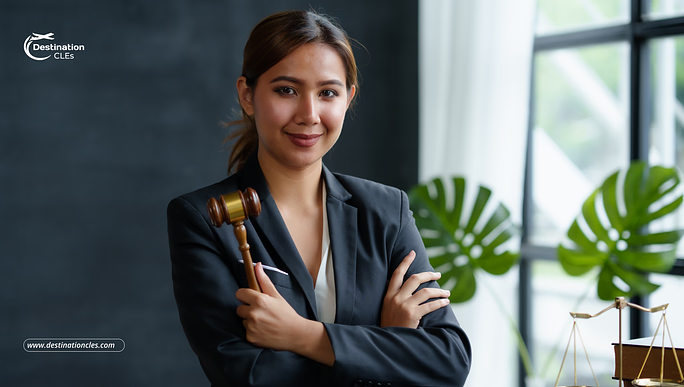
How CLE Requirements Differ Across U.S. Jurisdictions for Lawyers?
